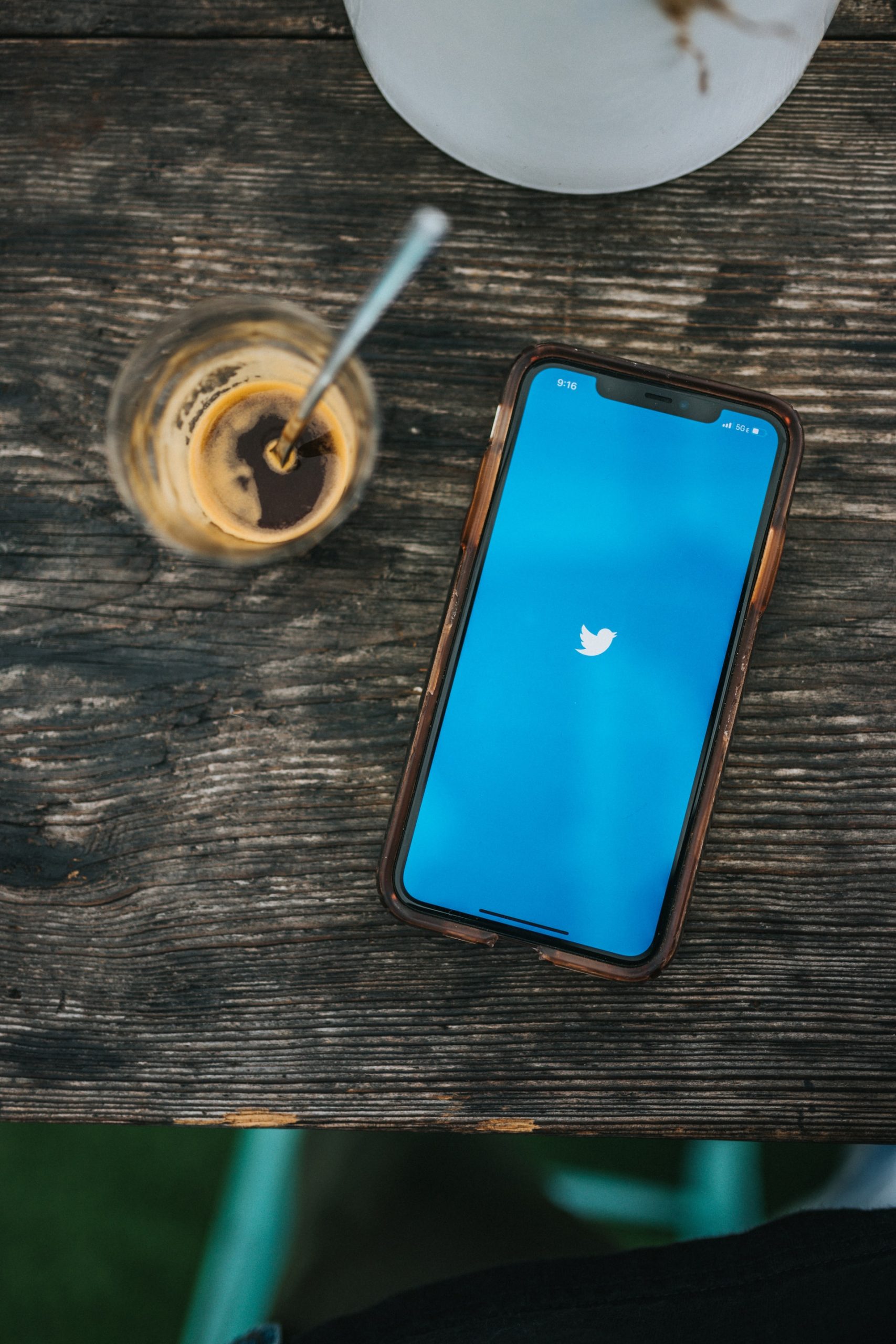In a dramatic turn of events, Twitter has announced the end of its Blue Checkmark system, which has been in place for over a decade, honoring accounts that have been verified as authentic and of public interest. The move comes in response to a challenge from Tesla CEO Elon Musk, who called for the removal of his own verified status last year.
The Blue Checkmark system was introduced in 2009 to help users distinguish between authentic accounts and impersonators, and to provide users with a sense of trust and credibility when engaging with high-profile accounts. Over time, the system has become a coveted symbol of status on the platform, with many users vying for the verification badge.
However, the system has also been criticized for being subjective and arbitrary, with some users accusing Twitter of favoring certain accounts over others. This criticism reached a boiling point last year when Elon Musk tweeted that he wanted his own verification status removed, stating that “verification is for the bourgeoisie” and that he would prefer to be judged solely on the basis of his tweets.
Twitter initially resisted Musk’s request, stating that the verification system was necessary to prevent impersonation and to protect the integrity of the platform. However, in a surprising move, the company has now announced that it will be removing the Blue Checkmark system altogether, citing a desire to create a more level playing field for all users.
“We understand that the verification system has become a symbol of status and power on our platform, and that it has been subject to abuse and manipulation,” said a spokesperson for Twitter. “We believe that by removing the system, we can create a more inclusive and equitable environment for all users.”
The decision has been met with mixed reactions from Twitter users and industry experts. Some have praised the move as a step toward greater transparency and fairness, while others have criticized it as a surrender to Musk’s demands.
“It’s a shame to see Twitter caving to the whims of one individual,” said social media expert Sarah Roberts. “The verification system was a valuable tool for users and removing it completely could create more confusion and distrust.”
However, others see the move as a positive step toward decentralizing power on the platform and reducing the influence of high-profile accounts.
“It’s about time Twitter took a stand against the culture of celebrity worship and hierarchy that has dominated the platform for too long,” said journalist and author Astra Taylor. “By removing the Blue Checkmark, Twitter is signaling that all voices are equal and that the platform is truly open to all.”
The move by Twitter is sure to have a significant impact on the platform and its users. While it remains to be seen how the absence of the Blue Checkmark system will affect user behavior and engagement, one thing is clear: the era of Twitter’s verification system has come to an end.




